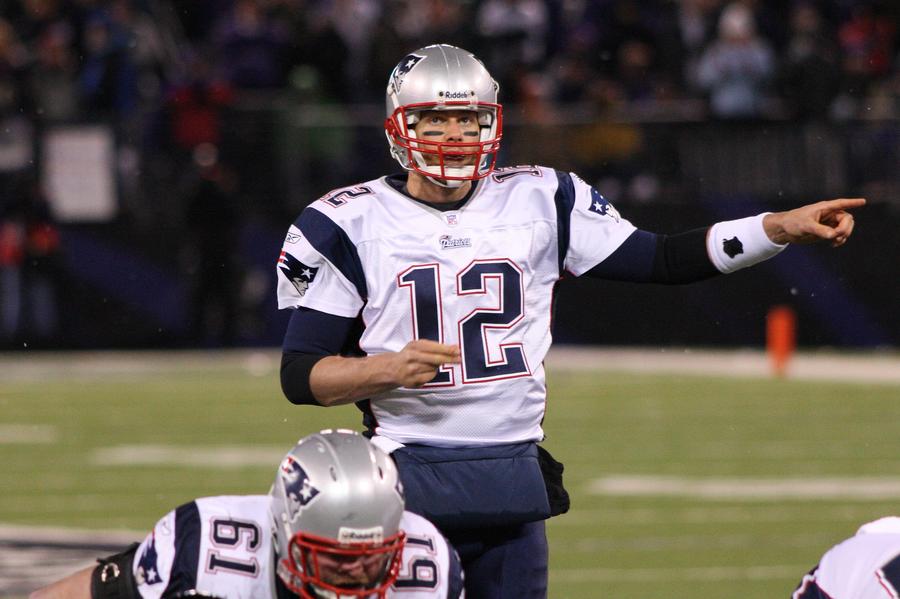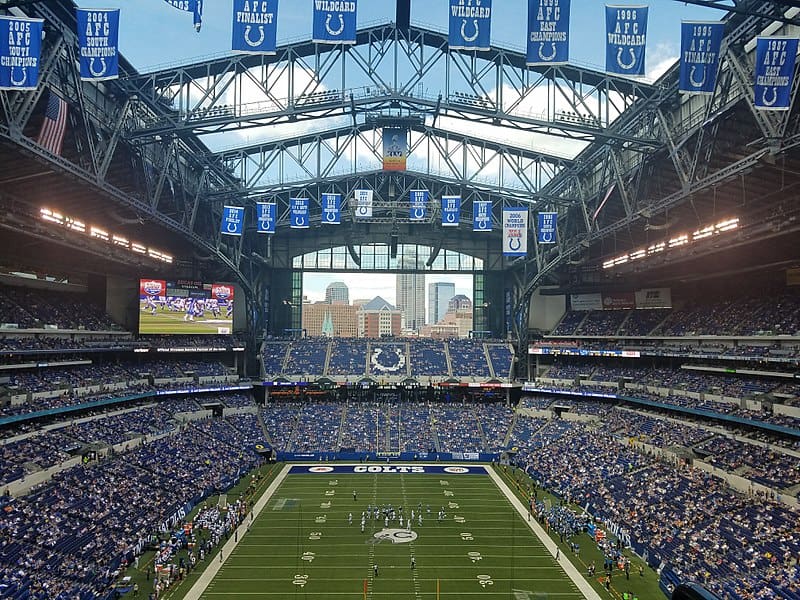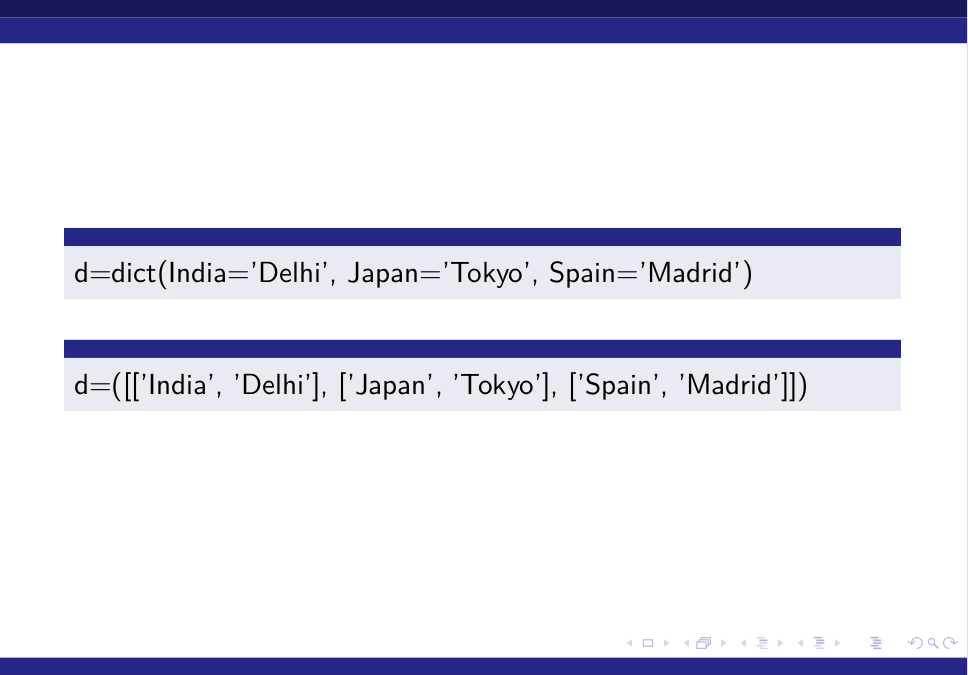The fabric roof allows light to fill the stadium and provides an open, airy feel even when the roof panels are closed. The roof system is designed to open or close in approximately 12 minutes. State Farm Stadium features a unique rollout natural-grass playing field, contained in a single tray measuring 234 feet wide by 403 feet long and weighing a hefty 18.9 million pounds. It is the first completely retractable field in North America.
A total of 462 steel wheels, riding on 13 parallel steel rails are used to slide the field tray in and out of the facility. On September 22, 2002, the Detroit Lions played their first game at Ford Field against the Green Bay Packers. It has 65,000 seats and has a fixed roof supported by two 18ft-wide concrete columns. A structural-steel supported permanent dome was chosen to cover the facility because of Detroit's cold and harsh winter weather.
One of the unique aspects of Ford Field is the entire south wall of the stadium is made of the 1920s Hudson Warehouse. The building was renovated to include 132 luxury suites on three levels facing the playing field. When one thinks of a dome stadium they do not expect to see any natural light inside. However Ford Field incorporates lots of glass allowing natural light inside. On the south entrance of Ford Field is a six story glass atrium that gives fans tremendous views of downtown Detroit's skyline. The FieldTurf playing field is 45 feet below street level, allowing fans easier access to their seats.
Amenities at Ford Field include 8,600 club seats, 140 luxury suites, a club lounge, banquet rooms, conference and convention areas and a Lions team store. Other than being the home of the Lions, Ford Field hosts many other events. The facility was the site of Super Bowl XLV in 2006, the NCAA Basketball Tournament in 2008 and 2009 and the Frozen Four in 2010.
On December 13, 2010, Ford Field was the site of the Minnesota Vikings/New York Giants game after the Vikings home, the Metrodome, collapsed. In contrast to college football stadiums, the largest of which can and regularly do accommodate over 100,000 spectators, no stadium in the league currently has a listed seating capacity of more than 82,500. In the opposite direction, the league has a firm minimum on the number of seats an NFL stadium should have; since 1971 the league has not allowed any stadium under 50,000 seats to host a full-time NFL team. In normal circumstances, all NFL stadiums are all-seaters. Originally expected to be completed in time for the 2005 NFL season, the stadium opened on August 12, 2006, when the Cardinals played the Pittsburgh Steelers in a preseason game. The Cardinals played their inaugural first game at the stadium when they hosted the San Francisco 49ers on September 10, 2006.
The stadium has a very modern, futuristic look and seats 63,400 fans for football. State Farm Stadium was originally known as the University of Phoenix Stadium from its opening through the 2017 season. Prior to the start of the 2018 season it was renamed after the Cardinals agreed to an 18-year naming rights deal with State Farm Insurance. The capacity can be expanded to 72,800 for other events at the stadium including the Super Bowl.
A dome also requires turf, and there's a big debate between the effects of natural grass and artificial turf. There were no domed stadiums until 1962, a few NFL stadiums predate it, so requiring every team to use a dome is unrealistic. Plus it's tough to upgrade a domed stadium to add extra luxury boxes or seats. That being said, 4 of the last 6 new NFL stadiums have retractable roofs, so they are becoming more common. Where will you find the sleekest and one of the most futuristic stadium in the NFL? Not in New York City of Chicago, but in the desert in Glendale, AZ. State Farm Stadium is home of the Arizona Cardinals, the first stadium in their history that they have not had to share with another team.
The Cardinals have a long history that dates to 1898 when the football club was formed in Chicago. Here they played at Comiskey Park, home of the Chicago White Sox . In 1960 they moved to St. Louis where they shared Busch Stadium with the St. Louis Cardinals . After the 1987 season they moved to Arizona and Sun Devil Stadium, home of the Arizona State Sun Devils . Through the late 1990s the Cardinals began seeking a new stadium. After several years of debate, in August 2002, the Arizona State Tourism and Sports Authority voted to build a new retractable roof stadium in Glendale, AZ for the Arizona Cardinals.
At a cost of $455 million, the stadium not only features a retractable roof, but features a retractable side and field that moves in and out of the structure. The stadium is built on 28 acres that is owned by the sports authority. The Cardinals paid for 25% of the stadium, $109 million, including cost overruns and the state Tourism and Sports Authority paid for 75% of the stadium. The Cardinals also bought the land for the stadium at a cost of $18.5 million. Only domed and retractable roof stadiums are included, i.e. stadiums that cover both spectators and playing field.
Wembley Stadium in London, which seats 90,000 spectators, is not included as the roof can only be partially closed. The stadiums are divided into current stadiums, closed stadiums, and future stadiums (those currently under-construction and those planned for construction). The retractable field normally resides outdoors, on the south side of the facility, where conditions for maintaining its natural grass playing surface are optimal. The field structure includes all components required for a healthy grass playing field, including irrigation, drainage and an optimized growing surface. When the field resides outside, the stadium can be configured for a multitude of events, including conventions, monster truck pulls, and concerts.
Meeting the challenge to provide the Raiders with a real grass field in the desert, the facility also features a retractable field system. This feature provides the stadium with the versatility of using both natural grass and artificial turf playing surfaces. Allegiant Stadium is the 1.8 million-square-foot world-class home of the NFL's Las Vegas Raiders and the University of Nevada, Las Vegas college football team. FedExField has consistently made it to the list of worst NFL stadiums.
One reason cited is its location, which makes it difficult for fans to reach especially via public transportation. The five-level venue has hosted college football games, as well as occasional international soccer and rugby matches. The Saints are the only team to have won a Super Bowl at home, a domed stadium. Miami's Hard Rock Stadium hosted the championship game, and the Colts' home games were played in a retractable roof stadium. The year 2002 marked the opening of three new stadiums in the NFL, including Ford Field, home of the Detroit Lions.
In 1975 the Lions left Detroit, moving to Pontiac, MI and the 80,000 seat Silverdome. The Lions played there for over two decades before wanting a new stadium in the mid 1990s. By 1995, the Lions began discussing the possibly of moving back to Detroit because the Silverdome had become economically obsolete. On August 20, 1996 the Lions, owned by William Clay Ford, announced plans to build a new domed stadium in downtown Detroit. In November 1996, voters approved a referendum that paid for 51% percent of the football stadium, while the team paid the remaining 49% of the $500 million stadium. The Lions football stadium was built as a sports entertainment complex that also included Comerica Park, home of the Detroit Tigers .
Ford Motor Company purchased the naming rights to the stadium for $40 million over 20 years, therefore the stadium was named Ford Field. Construction began on November 16, 1999 and was completed in 2002. The 365-day design criteria was brought about to improve income opportunities and optimize event scheduling flexibility by hosting non-football events throughout the year.
Two challenges were presented to Uni-Systems – Arizona's scorching summers and mild winters, and the trend towards "live grass" playing fields. The resulting stadium design included a retractable roof as well as the first retractable "live grass" playing field in an NFL stadium. State Farm Stadium is regarded as an architectural landmark in the area, and has won awards for its design. It boasts the first retractable natural grass-playing surface in the US, as well as the first completely retractable roof operating at an incline.
State Farm is a multi-purpose facility, also having hosted soccer and basketball matches, motor sports, and trade shows. NFL teams with retractable roofs say weather conditions and fan comfort are the driving factors in their open-or-closed choices. The decision can be easy on days of heavy rain or extreme temperature, but controversial in some other conditions, such as days when direct sun makes certain seats uncomfortable.
And non-meteorological factors also are believed to influence the decision at times, such as a team's desire for louder crowd noise in a closed stadium or a coach's (or quarterback's) preference for controlled conditions. Out of 225 regular-season and playoff games in the four stadiums, 149 have been played with the roof closed and 76 with it open. The four NFL teams with retractable-roof stadiums have chosen to play almost twice as many games with the roofs closed than with them open. That lone statistic raises the question of whether the convertible tops, such as the one planned for a new Atlanta stadium to be partially funded with public dollars, are worth the increased cost over a fixed dome.
Learn more about the retractable field tray at Allegiant Stadium and the process of moving the Raiders' natural grass playing surface into the stadium on gamedays. In the future, more franchises may opt to break ground on domed and retractable-roof venues, but the data indicates it isn't in their best interest, unless every team is on an equal playing field. Until then, the teams with open-field stadiums appear best suited to march on to victory, especially when the games count the most. Yes, Soldier Field did open in 1924 as a major event facility, seating 74,280 for major events like Notre Dame/Northwestern football soon after opening. But pro football eschewed it until 1959, when the Chicago Cardinals played a season there before departing for St. Louis. It wasn't until 1970 that the Chicago Bears moved to Soldier Field from Wrigley Field, and it came with some changes, as the seating capacity was downsized.
A 2003 renovation dramatically altered Soldier Field, keeping the historic exterior while adding a next-generation seating bowl. Most people at the open-air stadium Thursday night didn't wear masks. There was no vaccine requirement for fans, something Biden has urged sports and entertainment venues to impose. Many other football stadiums are taking a similarly lax approach to pandemic measures this fall, and that worries health experts. Where some traditional football stadiums are used no more than dates a year, the University of Phoenix designers were asked to create a stadium that is available for scheduled events 365 days a year. The opening in 2006 of the home of the NFL's Arizona Cardinals marked a new era in stadium design, and with it an innovative approach to sports facility management.
Most people at the open-air stadium Thursday night didn't wear masks. Opening in 2006, the stadium offers outstanding, unobstructed views for 63,400 fans with the ability to expand to 73,000 for mega-events. The stadium has hosted two Super Bowls , two National College Football Championship games, and the 2017 NCAA Final Four Basketball Championship. Encompassing over 1.7 million square feet of space, State Farm Stadium has numerous premium seating and space options including 88 lofts and 7,505 club seats.
MetLife's seating capacity is the biggest among all NFL stadiums. It hosted Super Bowl XLVIII, as well Wrestlemania, soccer games, as well numerous concerts. It covers 2.1 million square feet, provides parking for 28,000 vehicles, and cost $1.6 billion to construct.
Going into the 2016 season, 24 out of 32 teams will only be able to play their home games outdoor. The better question is which NFL teams have "indoor" stadiums? The Cardinals, Colts, Cowboys, and Texans play in those stadiums.
Rising like a UFO in the West Valley, University of Phoenix Stadium features a unique retractable grass field. The natural grass can be automatically moved outside to soak up plenty of sun while other events are held at the domed stadium. A dome also requires turf, and there's a big debate between the effects of natural grass and artificial turf. Thanks to the COVID-19 pandemic, many NFL stadiums prevented fans from attending games early in the regular season.
As the year unfolded, with the NFL losing billions of dollars in stadium revenue, teams started welcoming a smaller number of fans back into their buildings. The Superdome has hosted seven Super Bowls, and is considered one of the remaining old-school domes in any sport. It has seen NCAA basketball championships, college football games, and was formerly the home of the New Orleans Jazz of the NBA.
The stadium has a Mardi Gras feel, fitting for the city of New Orleans. U.S. Bank also ranks among the best, and its design is considered a trendsetter for stadiums that have come after it. It has a roof that mimics the effect of a retractable one, effectively protecting fans and players from the city's chilly weather.
Allegiant, one of the newest stadiums, is domed and has ten levels. It has a unique high-tech look with a lot of black and silver. It also hosts the University of Nevada, Las Vegas Rebels college football team.
How Many Nfl Teams Have Covered Stadiums Four NFL teams The four NFL teams with retractable-roof stadiums have chosen to play almost twice as many games with the roofs closed than with them open. The Alamodome is an anomaly amongst indoor college football stadiums. It was built for the purpose of being an NFL stadium, but San Antonio was never able to attract an NFL team. "The football games have probably the least to do with that decision," Waggoner said. If a municipality wants the stadium for use in concerts, rodeos or other year-round events, a closed building is the way to go.
Purists who see football as an outdoor game may be mollified by the open-stadium option of a retractable roof. Million to a domed stadium project, and it typically costs a few thousand dollars to open and close the structures each time, said Mark Waggoner, a structural engineer who has had a hand in several pro sports stadiums. Upon coming inside, fans encounter a sea of green seats enclosing the playing field. The ballpark has a seating capacity of 41,500 with the main three tier grandstand stretching from the right field foul pole to home plate and down, and around the left field foul pole. The NFL uses several other stadiums on a regular basis in addition to the teams' designated regular home sites. In England, two London venues—Tottenham Hotspur Stadium and Wembley Stadium—are contracted to host a combined four games per season, as part of the NFL International Series which runs through 2022.
Estadio Azteca in Mexico City hosted NFL International Series games in 2016, 2017, and 2019, and is under contract to host one game per season through 2021. In addition, Tom Benson Hall of Fame Stadium in Canton, Ohio, is the location of the annual exhibition Pro Football Hall of Fame Game. There are 30 NFL stadiums, most of which are open-air.
Four teams have closed roofs, including the Detroit Lions, Las Vegas Raiders, New Orleans Saints, and Minnesota Vikings. Five have retractable roofs that can be opened or closed, including the Minnesota Vikings. Safeco Field, like most ballparks built from the 1990s on, is a "Retro-Modern" style retractable-roof-ballpark. It incorporates many of the features of ballparks built in the 1970s. It features a brick facade, asymmetrical field dimensions, a natural grass field, spectator sight-lines suited for baseball, and surrounded by city streets and buildings.























No comments:
Post a Comment
Note: Only a member of this blog may post a comment.